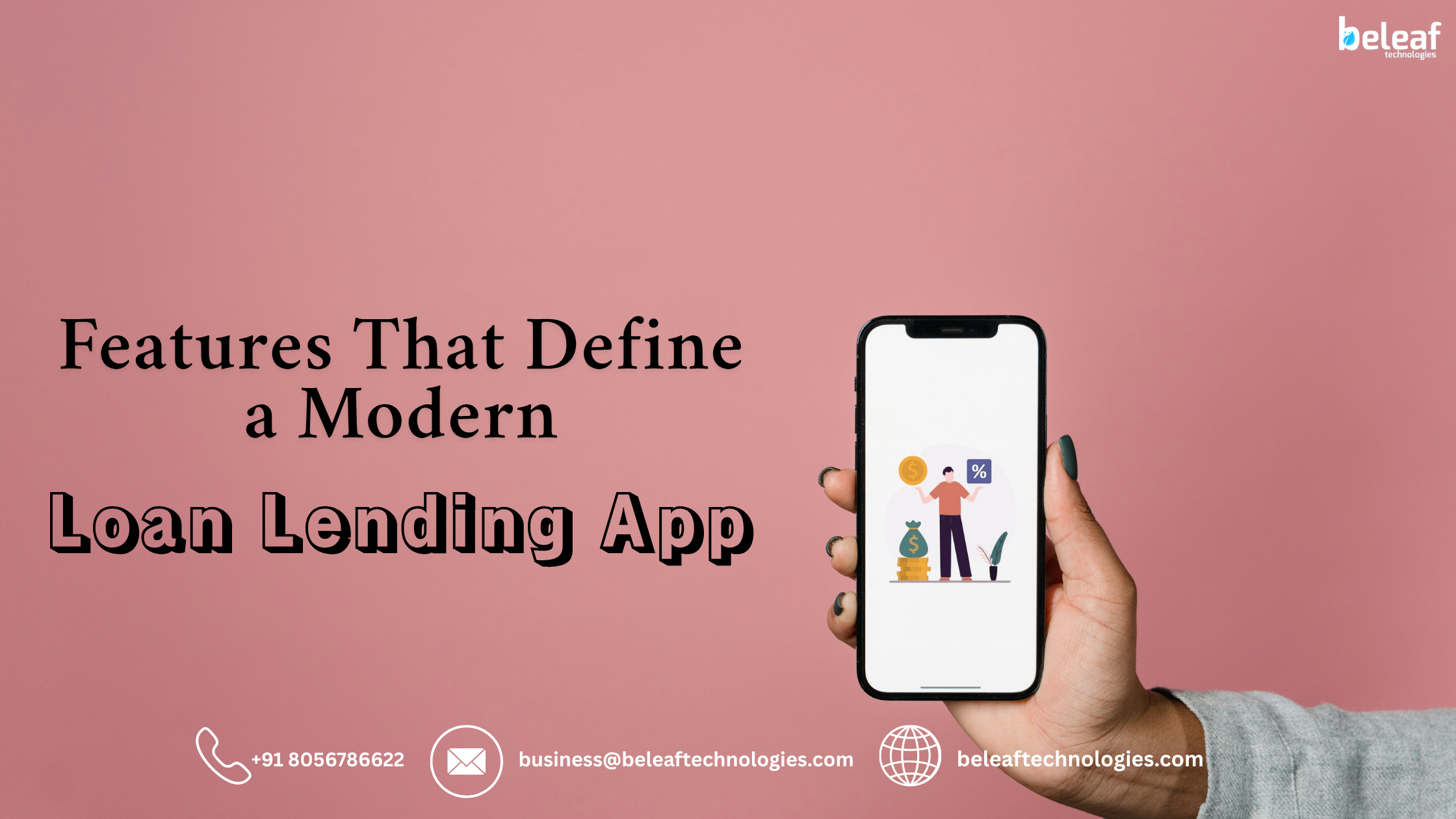The way consumers obtain financial services has changed significantly in the era of digital transformation.Traditional lending, once bound by physical paperwork and lengthy procedures, has now shifted into mobile-first solutions. Loan lending apps are at the forefront of this revolution, enabling users to apply for and manage loans directly from their smartphones. But what exactly makes a loan lending app truly modern and user-centric? Let’s explore the core features that define today’s most successful loan lending applications.
1. User Registration and KYC Verification
When a user first uses a loan lending app, they go through the onboarding process.. A modern app simplifies user registration while maintaining regulatory compliance. Typically, users can sign up using their mobile number, email, or social accounts.
However, since financial transactions are involved, KYC (Know Your Customer) verification becomes mandatory. To streamline this, advanced apps integrate eKYC methods where users can upload government-issued ID proofs, selfies, and address documents. Some platforms even use OCR (Optical Character Recognition) and AI to extract and verify data automatically. A seamless and safe onboarding process decreases drop-offs and fosters trust.
2. Loan Eligibility and Credit Scoring System
After registration, users expect to know how much they can borrow. This is where a dynamic loan eligibility checker comes into play. Instead of manual calculations, modern apps use a combination of machine learning models and credit bureau integrations to assess eligibility.
Factors like income, repayment history, credit score (CIBIL, Experian, etc.), and bank statements are analyzed in real time. Some apps also leverage alternative data like utility bill payments or mobile usage patterns for users with limited credit history. Displaying eligibility clearly, along with terms and conditions, improves transparency and decision-making for the user.
3. Loan Application and Approval Workflow
A smooth loan application process is critical to user retention. Today’s apps guide users through a step-by-step loan request journey, including:
-
Selecting loan amount and tenure
-
Reviewing applicable interest rates
-
Uploading or validating financial documents
-
Agreeing to loan terms
Once submitted, the backend processes the application through automated underwriting systems. Many fintech apps now offer instant loan approval by using pre-approved limits or simplified verification protocols. Reducing manual interventions and providing real-time updates significantly enhances the user experience.
4. Payment Gateway and EMI Management
Once the loan is approved and disbursed, repayment features become the next focus. A fully integrated payment gateway allows users to repay via UPI, debit cards, net banking, or even auto-debit mandates (eNACH).
What sets modern apps apart is the ability to track and manage EMIs within the app. Users can view upcoming due dates, check outstanding balances, and even make part-prepayments. Automated reminders for EMI payments ensure users don’t miss their dues, helping both the user and the lender maintain financial discipline.
Some platforms also offer features like flexible repayment scheduling or penalty calculators, providing greater financial control.
5. Push Notifications and Alerts
A smart loan lending app maintains continuous communication with its users without overwhelming them.An important part of this is push notifications. They notify users about:
-
Upcoming or missed EMI payments
-
Application status updates
-
New offers or pre-approved loan alerts
-
Document submission reminders
These alerts are not only functional but also create a sense of personal engagement. Well-timed, relevant notifications can reduce churn, improve repayments, and increase cross-sell opportunities. Additionally, features like in-app alerts or SMS integration provide a multi-channel notification experience.
6. Admin Dashboard and Analytics Tools
While the user interface is crucial, a robust admin dashboard is essential for the lender’s operations. Admins need to manage applications, verify documents, track loan status, and monitor repayments. A well-designed backend dashboard allows for:
-
Reviewing borrower profiles
-
Setting interest rates and tenure slabs
-
Tracking delinquencies or defaults
-
Exporting reports for audit or compliance
-
Accessing user feedback or support tickets
Additionally, real-time analytics tools help in understanding user behavior, repayment trends, loan performance, and risk profiling. Insights derived from this data can drive decisions on marketing, fraud prevention, and product enhancements.
Conclusion
Loan lending apps are more than just digital forms for borrowing money they are comprehensive platforms that offer speed, transparency, security, and flexibility. Features like seamless KYC, intelligent credit scoring, easy repayments, and proactive communication define what users expect today. Meanwhile, admin tools ensure operational efficiency and regulatory compliance on the backend.
As the fintech landscape continues to evolve, the success of a loan lending app depends on its ability to blend user-friendly features with strong technical infrastructure. For entrepreneurs and developers entering this space, focusing on these core features can lay a strong foundation for a modern, scalable lending solution.


